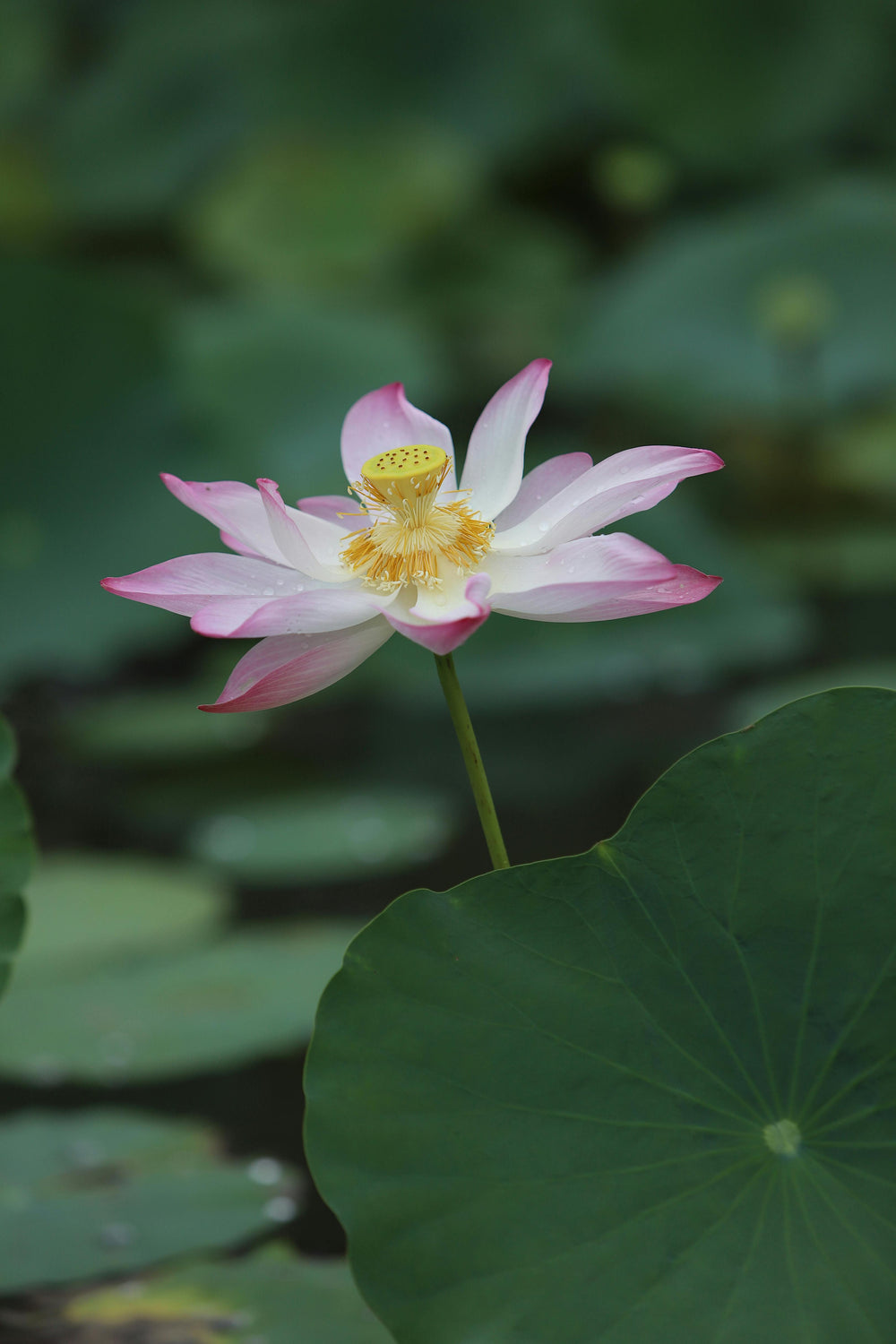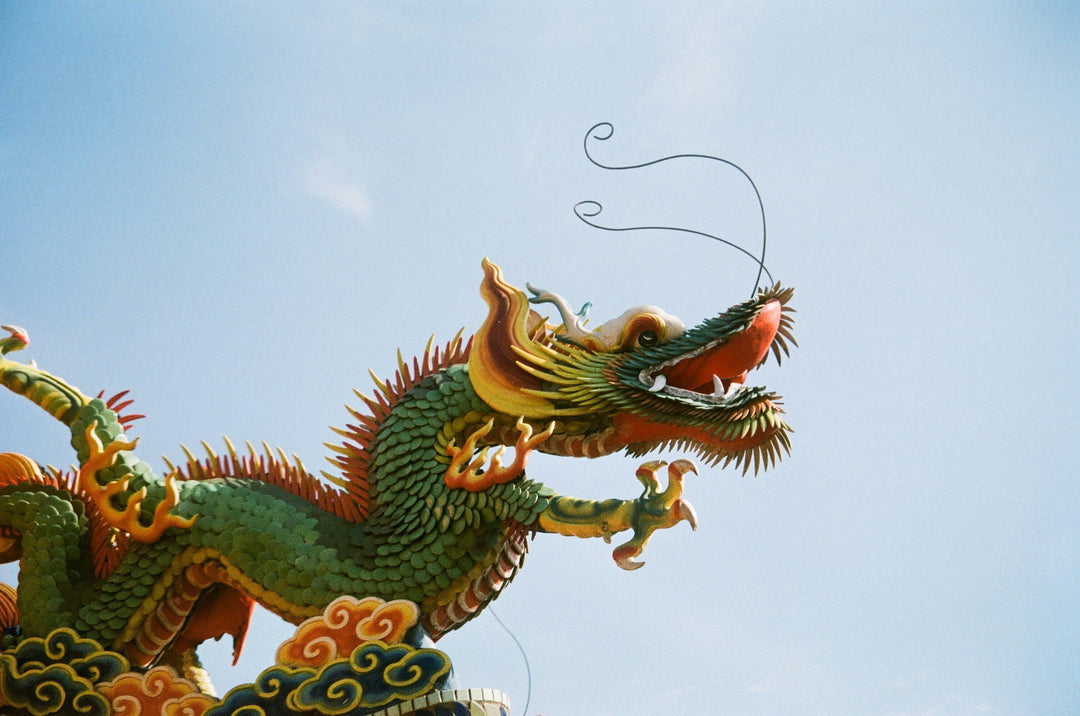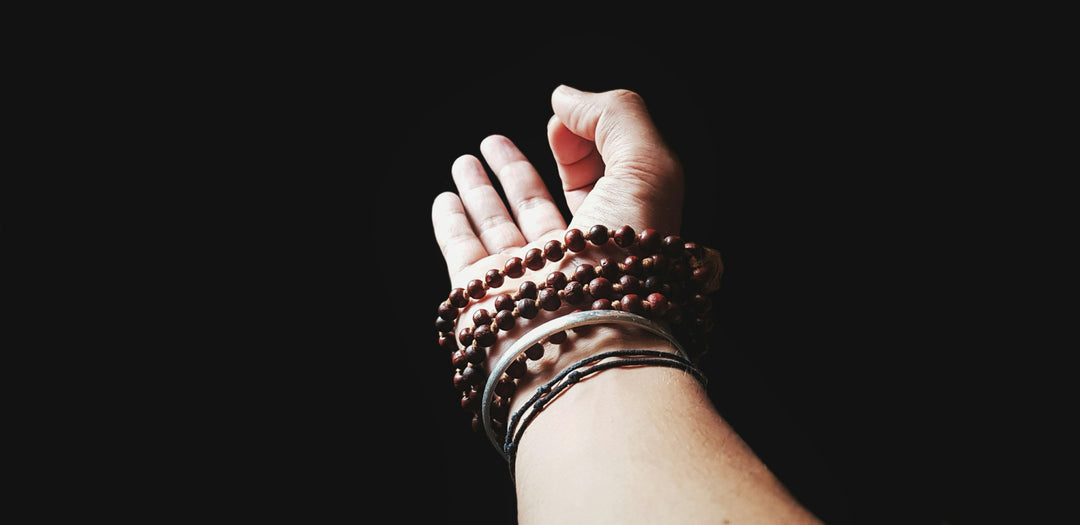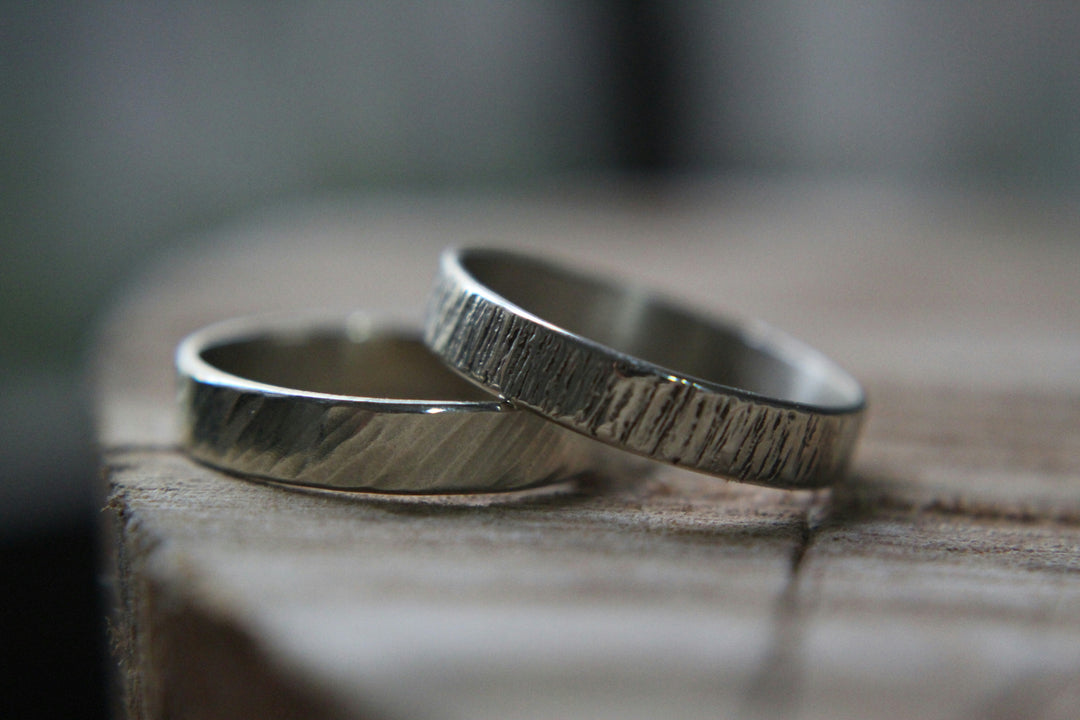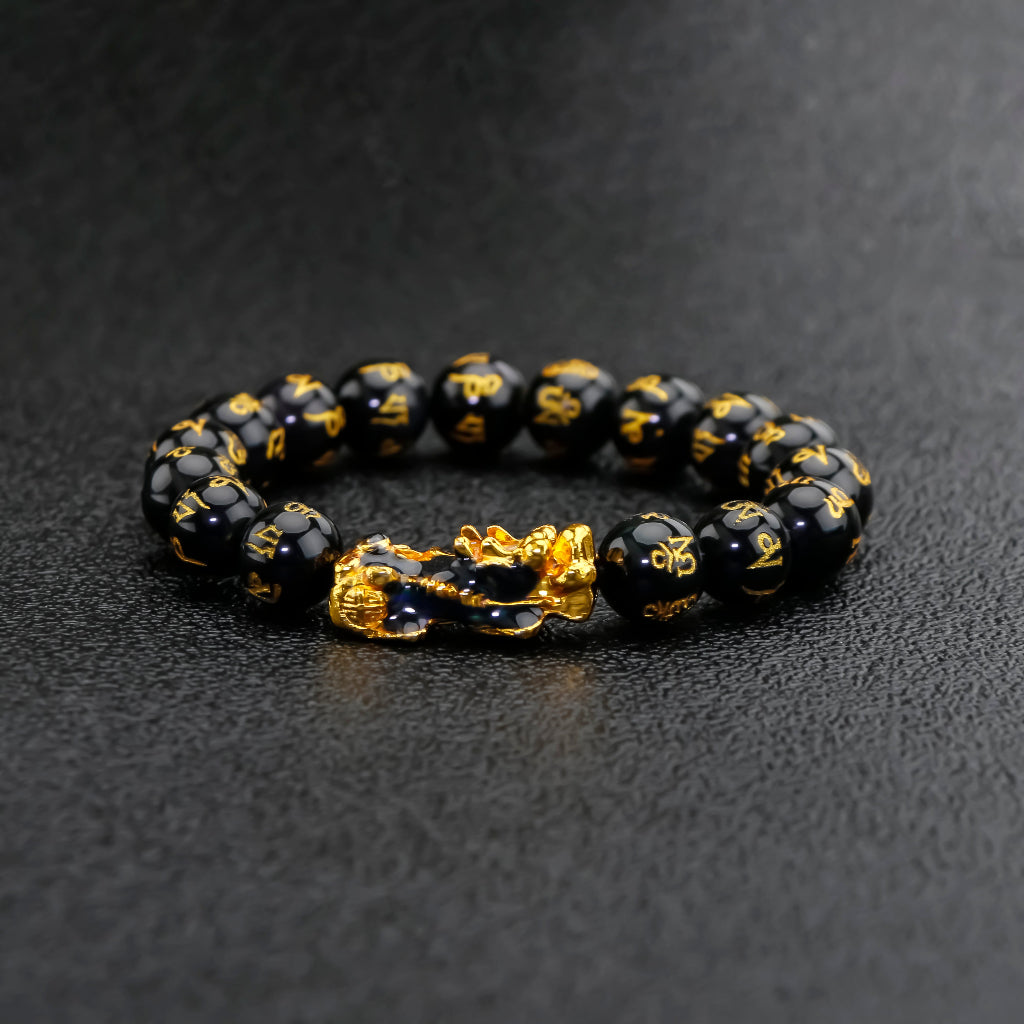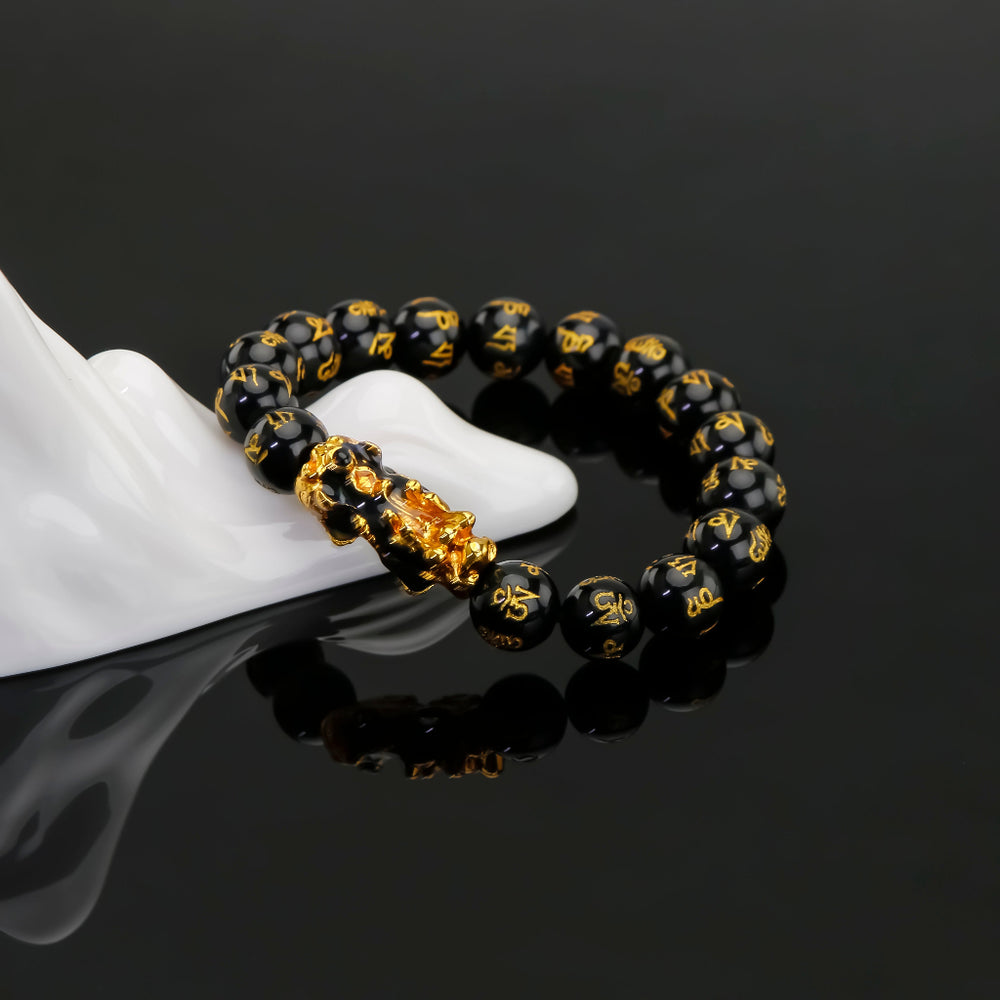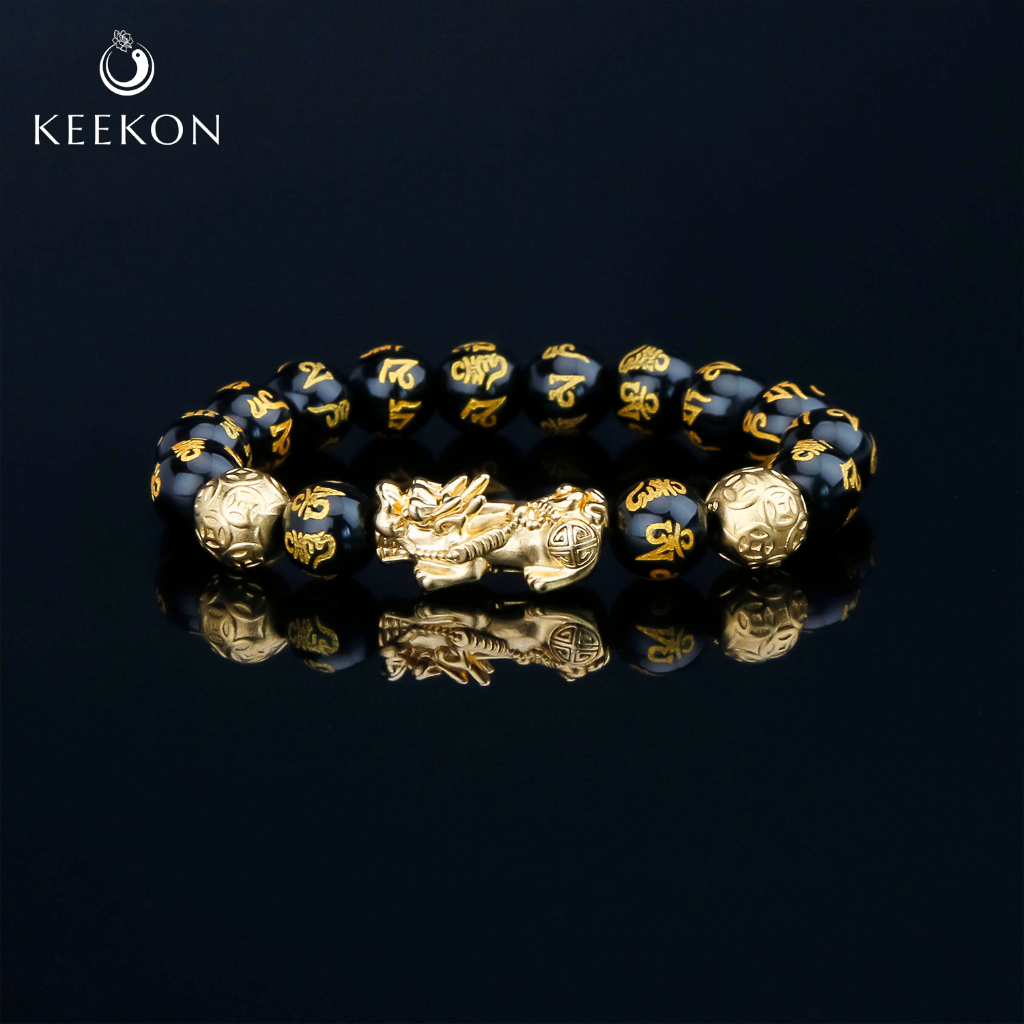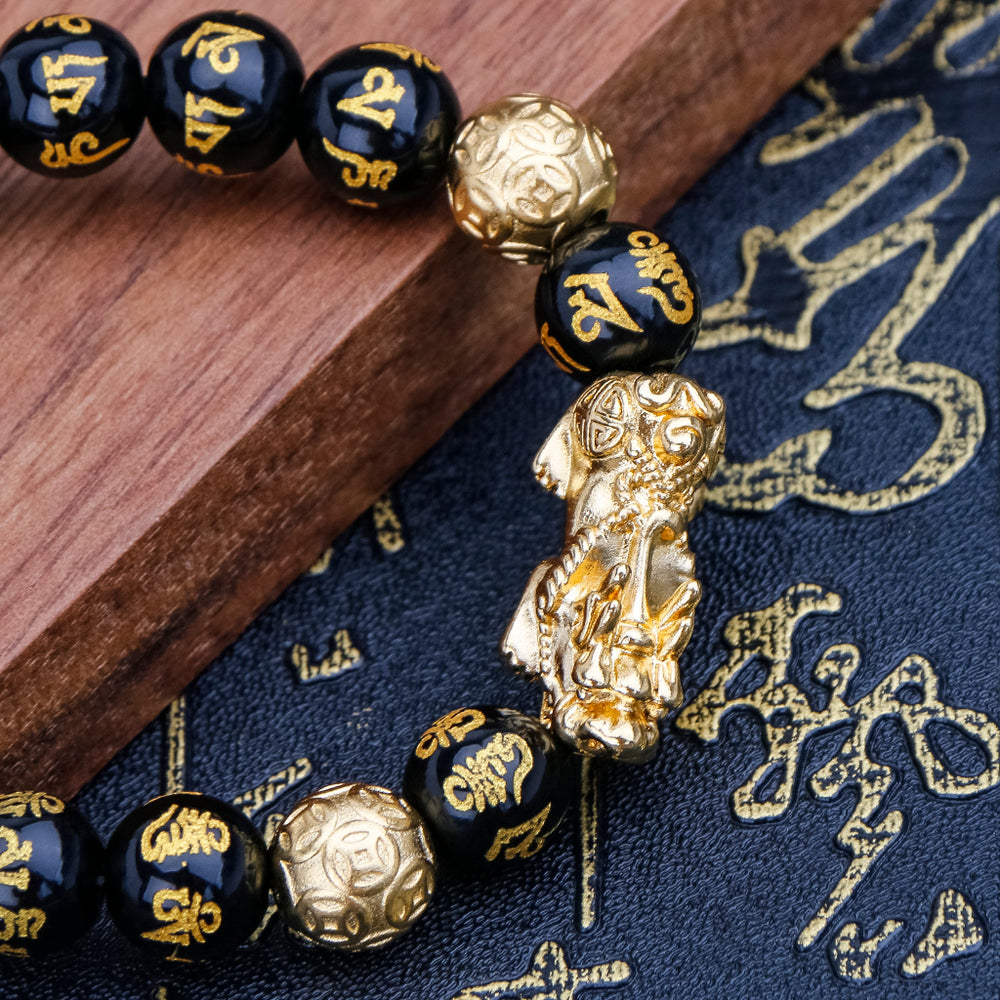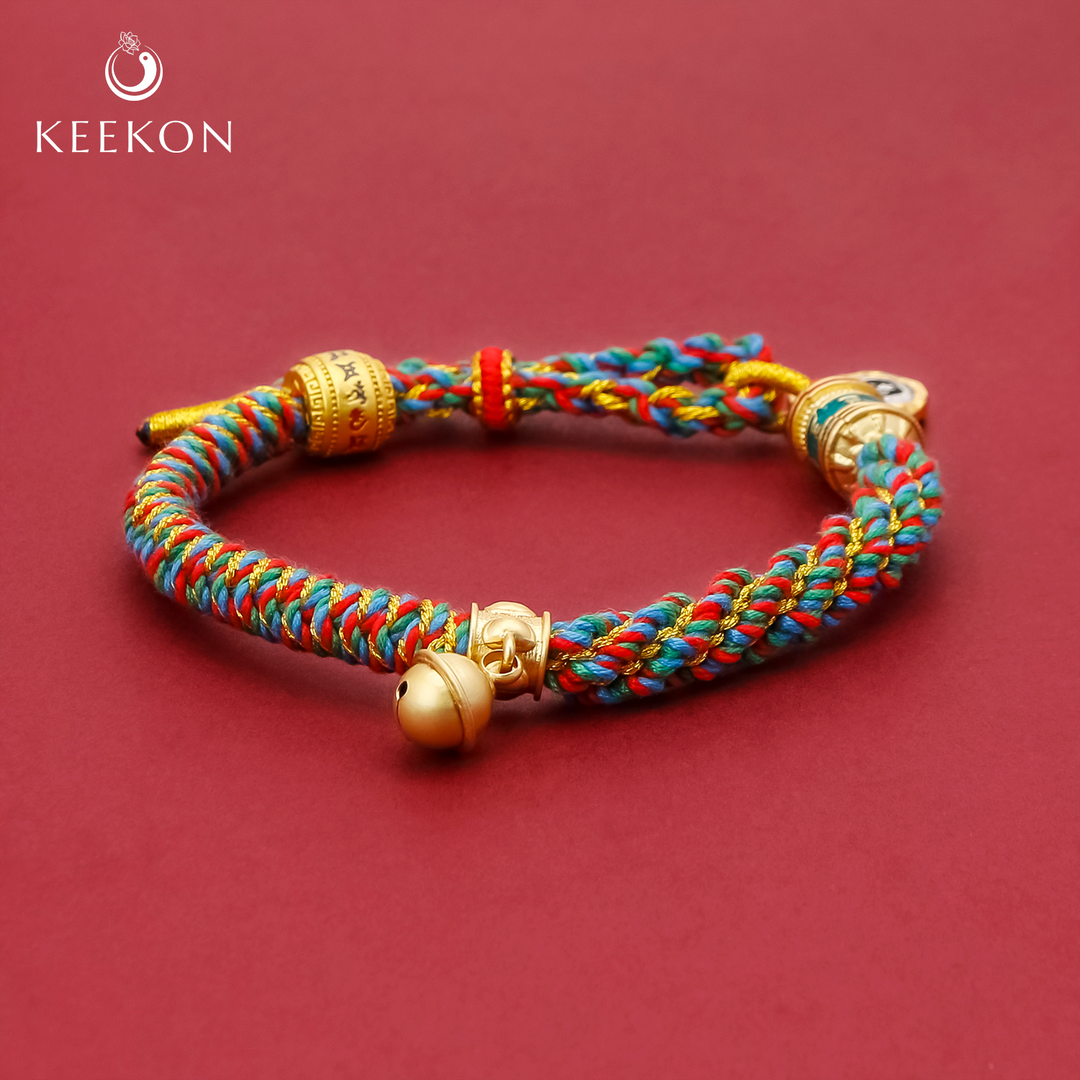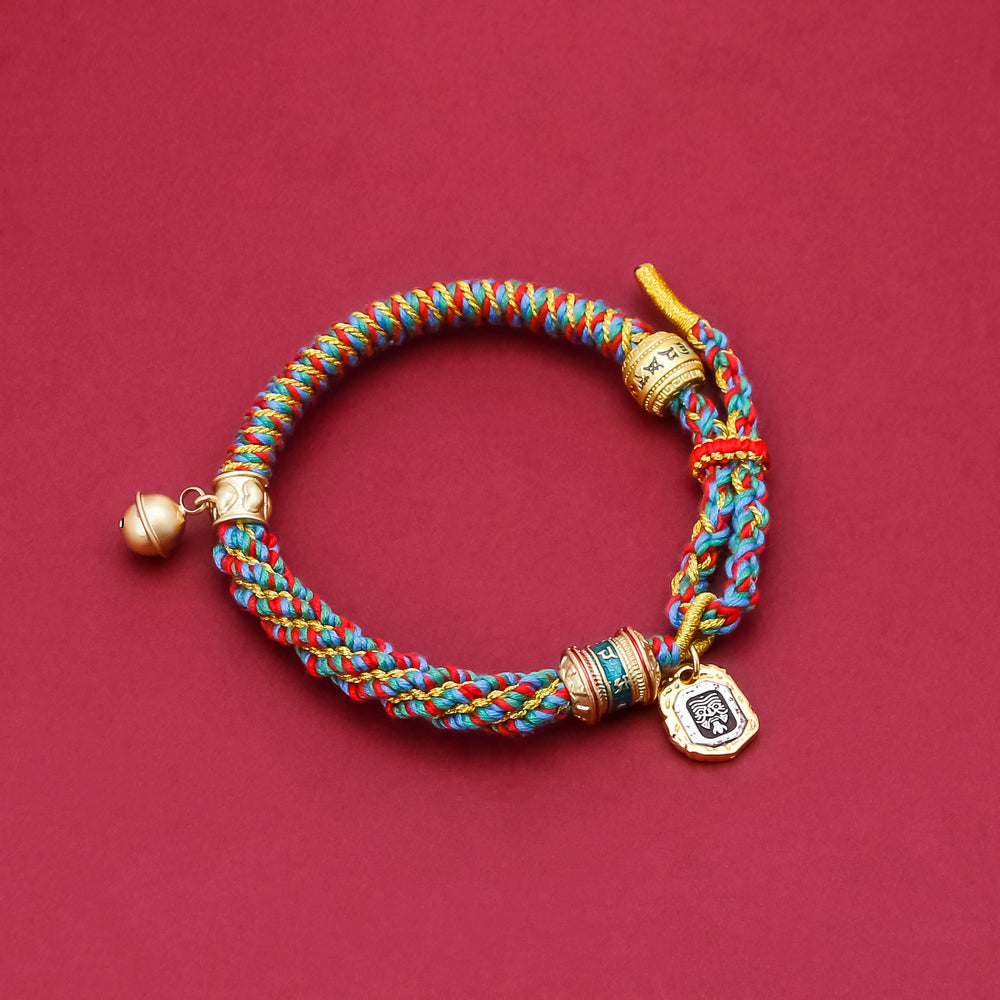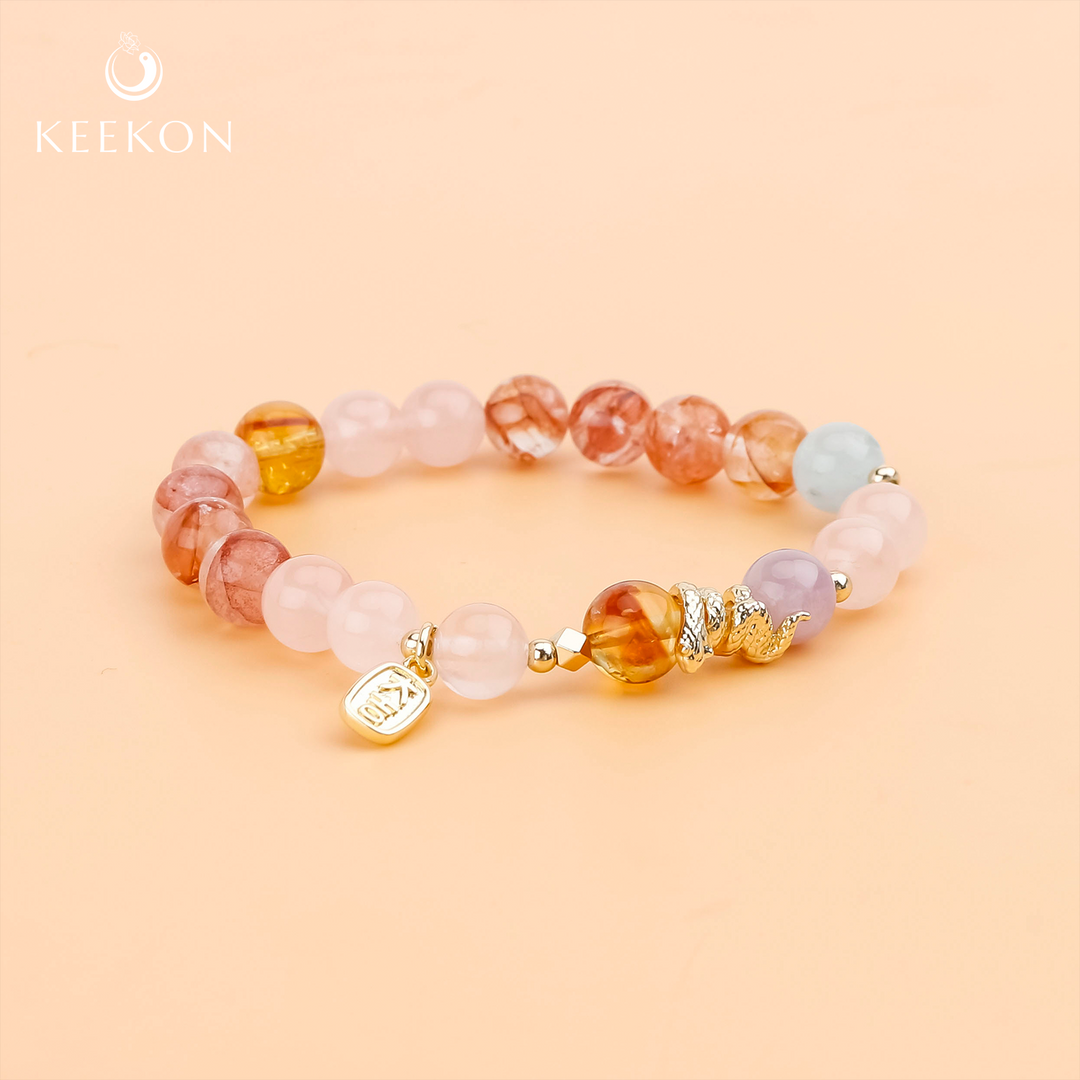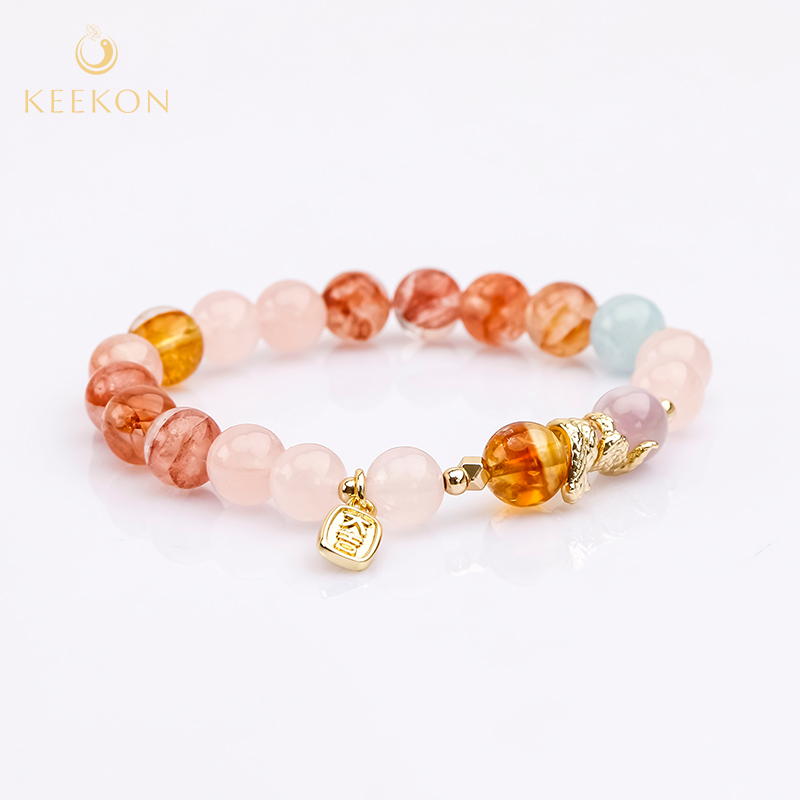108 Tibetan Hearts: A sacred chain connecting faith and energy
In the heart of Tibetan Buddhism lies a sacred artifact that transcends mere ornamentation—the 108-bead mala (prayer beads). More than a tool for counting mantras, this chain embodies a profound spiritual philosophy, bridging earthly existence with cosmic energy. Rooted in ancient traditions and steeped in symbolism, the Tibetan mala serves as a conduit for devotion, self-reflection, and liberation. Let us unravel the mystique of these 108 beads, exploring their origins, structure, and the transformative energy they channel.
I. Origins: A Legacy of Enlightenment
The 108-bead mala traces its lineage to the teachings of Siddhartha Gautama, the Buddha, who emphasized the importance of mindfulness and the eradication of suffering. The number 108 holds sacred significance across Eastern philosophies:
Cosmic Harmony: In Vedic cosmology, 108 aligns with the distances between the Earth, Sun, and Moon, symbolizing universal balance.
Human Struggles: Buddhist texts identify 108 earthly desires (kleshas) that bind humans to suffering, with each bead representing a step toward liberation.
Historical Narratives: Tibetan lore recounts the story of Gebara (Sanskrit: Kapala), a grieving father who transformed his sorrow into enlightenment by crafting beads from the bones of his deceased family, guided by the yogi Naropa. This act of spiritual alchemy birthed the tradition of using bone beads (often from revered monks) as a reminder of impermanence.
For Tibetans, the mala is not merely a ritual object but a vessel of ancestral wisdom, connecting practitioners to lineages of enlightened masters.
II. Anatomy of a Mala: Structure and Symbolism
A traditional Tibetan mala is a meticulously crafted ensemble, each component imbued with purpose:
The 108 Beads
Material Significance: Beads may be carved from bodhi seeds (symbolizing Buddha’s enlightenment), sandalwood (for purification), or gemstones like turquoise (protection) and coral (vitality). Bone beads, particularly from yak or revered lamas, signify the transience of life.
Sacred Geometry: The circular form represents the cyclical nature of existence—birth, death, and rebirth—while the unbroken string symbolizes the unity of all beings.
The Guru Bead (Mother Bead)
Positioned at the mala’s apex, this larger bead honors the teacher (guru) who guides the practitioner. Crossing it during meditation marks a completion of the cycle, urging reflection before restarting11.
Spacer Beads and Dividers
Placed symmetrically at the 27th, 54th, and 81st beads, spacers (often made of silver or coral) segment the mala into four quadrants, mirroring the Four Noble Truths. Their size and material are carefully chosen to avoid overshadowing the guru bead, maintaining humility before divine wisdom11.
Counters and Charms
Small metal counters (e.g., dZi beads or tassels) dangle from the mala, tracking mantra repetitions. Charms like miniature keys or ritual tools personalize the mala, reflecting the wearer's spiritual aspirations.

III. Wearing the Mala: Rituals and Energy Flow
In Tibetan culture, the mala is both a meditative aid and a protective talisman. Its usage follows sacred protocols:
Left-Hand Tradition: Worn on the left wrist—the "receiving" side—the mala absorbs blessings during prayer. The right hand, used for mundane tasks, is avoided to preserve purity.
Necklace of Devotion: When draped around the neck, the mala rests close to the heart chakra, harmonizing emotional and spiritual energies.
Sizing for Intention:
Men often choose larger beads (8–10 mm) for grounding energy, while women opt for delicate 6-8 mm beads to enhance subtlety.
A properly fitted mala wraps around the wrist 3–4 times, ensuring comfort during prolonged use.
Tibetans believe that a consecrated mala accumulates prana (life force) with each mantra, transforming it into a reservoir of sacred energy.

IV The difference between 108 Buddhist beads and 100 Buddhist beads
The difference between 108-bead and 100-bead Tibetan Buddhist prayer beads primarily lies in symbolic meaning, practical usage, and cultural adaptation:
Symbolic Origins
The 108-bead rosary represents overcoming 108 worldly desires or afflictions in Buddhism, rooted in the philosophical framework of "six senses × three experiences (past, present, future) × six defilements" . In contrast, the 100-bead version emerged as a pragmatic adaptation. Due to the harsh living conditions in Tibet, beads often broke or were lost, making it difficult to maintain the full 108-bead count. Over time, 100 beads became accepted as a "rounded, auspicious number" symbolizing completeness, even though it diverged from traditional doctrine .
Ritual Practice
When reciting mantras, practitioners using 108 beads count one full rotation as 100 prayers, with the extra 8 beads compensating for potential miscounting or lapses in focus .
For 100-bead rosaries, each rotation is counted as 100 prayers directly. However, to ensure accuracy, practitioners often recite 10% more (e.g., 110,000 prayers for a 100,000-vow goal) to account for errors.
Structural Differences
108-bead rosaries place divider beads (gap beads) symmetrically at the 27th and 54th beads from the guru bead (representing the Buddha) .
100-bead rosaries position dividers at the 25th and 50th beads, adhering to a simplified structure while maintaining ritual symmetry.
Cultural Context
While 108 beads hold doctrinal significance, Tibetan Buddhists prioritize spiritual intent over rigid formalism. The 100-bead format reflects their adaptability to environmental constraints and a focus on devotion rather than numerical precision. Both types, however, share the same symbolic reverence in connecting practitioners to their faith.
V The small accessories come with Tibetan Buddhist beads
Tibetan prayer beads (or mala) are often paired with distinctive accessories that blend spiritual symbolism with cultural aesthetics. Here's an introduction to the most common personalized adornments:
Gau Box (Garwu)
A sacred amulet box traditionally made of silver or copper, often embedded with agate or turquoise. It holds miniature Buddha statues, relics, or scriptures, serving as a portable shrine for protection and blessings. Tibetan women wear it as a necklace or attach it to waistbands, believing it wards off misfortune.
Nine Palaces and Eight Trigrams Plaque
A talismanic charm shaped like a small shield, engraved with the Nine Palaces and Eight Trigrams diagram derived from Tibetan Buddhism. Hung from beads or waistbands, it symbolizes harmony and deflects negative energies.
Counting Tools
Bead Counters: Decorative metal markers (often shaped like vajras or bells) track prayers. A silver vajra (thunderbolt) marks thousands of recitations, while a bell counts hundreds.
Clips (Khorwa): Ornate clips adorned with turquoise or coral slide along the beads to tally repetitions, typically placed after the 27th bead.
Hesui Buckle (Coin-shaped Buckle)
A circular or coin-shaped accessory, historically used as a robe fastener or tobacco pouch clasp. Attached to prayer beads, it symbolizes continuity and is prized for its antique patina.
Waist Ornaments
Elaborate belts or chains with hanging keys, bells, or miniature tools (like milk pail hooks). These often feature motifs like lotus flowers or the Eight Auspicious Symbols, combining practicality with spiritual meaning.
Tibetan Seals
Small engraved seals made of silver or brass, once symbols of authority. Modern versions are affixed to beads as charms, bearing mantras or clan insignia.
These accessories reflect Tibetan Buddhism's fusion of devotion and artistry, where each piece carries layered meanings—from accumulating merit to embodying cultural identity.

VI The 108 Beads: A Map to Inner Transformation
Each bead encapsulates a lesson, guiding the practitioner through 108 steps of self-realization.
Compassion Over Ego: "Your greatest weapon is kindness".
Embracing Impermanence: "All that arises will pass; cling not to fleeting joys".
The Mirror of Self: "To judge others is to obscure your own flaws".
These teachings, recited bead by bead, dissolve mental afflictions, aligning the mind with sunyata (emptiness)—the ultimate truth beyond form and desire.
Conclusion:
The 108 beads of Tibetan Buddhism (mala) are not only a symbol of faith but also a bridge between people and faith. Whether you turn the beads one by one when praying, or wear it on your wrist to remind yourself to stick to your original intention, this string of beads is silently conveying a simple truth: in the cycle of 108 beads, you can touch the eternal rhythm of the universe - as natural as breathing, as real as the change of sun and moon.
